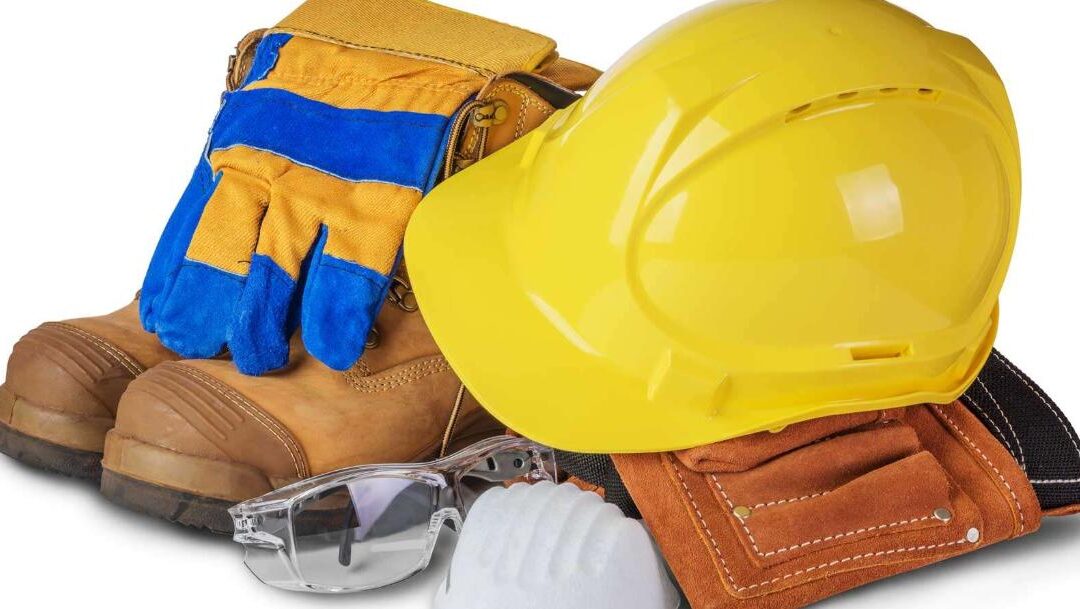When working in high-risk industries, ensuring safety is not just a priority but a necessity. Body protection equipment plays a vital role in safeguarding workers from potential hazards, whether it’s physical injuries, chemical exposure, or environmental risks.
Below, we explore five essential types of protective gear every high-risk workplace should provide.
Protective Helmets
Protective helmets are a cornerstone of workplace safety in industries like construction, manufacturing, and mining. They shield the head from falling objects, electrical hazards, and impacts.
Modern helmets often come with additional features like visors for eye protection and built-in communication systems. Ensuring the helmet fits properly and meets industry safety standards is crucial to maximizing its effectiveness.
Respiratory Protection
Respiratory protection is indispensable in environments where workers are exposed to harmful dust, fumes, or gases. From basic dust masks to advanced respirators, these devices prevent inhalation of hazardous particles and chemicals.
Choosing the right respiratory equipment depends on the specific risks present in the workplace. Regular maintenance and proper training on usage ensure optimal performance and safety.
Protective Clothing
Protective clothing serves as a barrier against physical, chemical, and thermal hazards. In industries dealing with hazardous chemicals, flame-retardant suits, or high-visibility jackets, protective apparel is tailored to meet the unique needs of the job.
The fabric, design, and durability of the clothing should align with the specific risks workers face to ensure comprehensive coverage.
Gloves and Hand Protection
Hand injuries are among the most common workplace accidents, making gloves an essential piece of protective gear. Whether dealing with sharp objects, extreme temperatures, or corrosive substances, gloves protect the hands from harm.
Specialised gloves, such as cut-resistant, heat-resistant, or chemical-resistant types, are available to match the demands of different tasks. Workers must be trained to select gloves that are suitable for their specific roles to ensure maximum protection.
Safety Footwear
Safety footwear protects workers from slips, falls, and foot injuries caused by sharp objects, heavy machinery, or electrical hazards. Steel-toe boots, slip-resistant soles, and puncture-proof designs are some of the features that enhance safety.
Properly fitted footwear not only reduces the risk of accidents but also provides comfort during long hours of work. Employers should also consider environmental factors, such as wet or icy surfaces when selecting appropriate footwear.
The Importance of Regular Training and Maintenance
Equipping workers with body protection equipment is only the first step toward ensuring safety. Regular training programs help employees understand the correct usage of gear, while periodic maintenance ensures the equipment remains in top condition.
Employers must also conduct routine safety audits to identify any gaps in protection and address them promptly. Additionally, workers should be encouraged to report damaged or worn-out equipment to avoid potential hazards.
Conclusion
High-risk industries demand proactive measures to protect their workforce from potential dangers. Investing in protective helmets, respiratory gear, clothing, gloves, and footwear not only complies with safety regulations but also fosters a culture of care and responsibility.
By choosing the right body protection equipment and maintaining it effectively, businesses can significantly reduce workplace hazards and create a safer environment for all.

